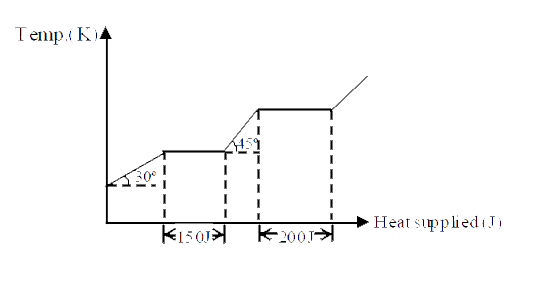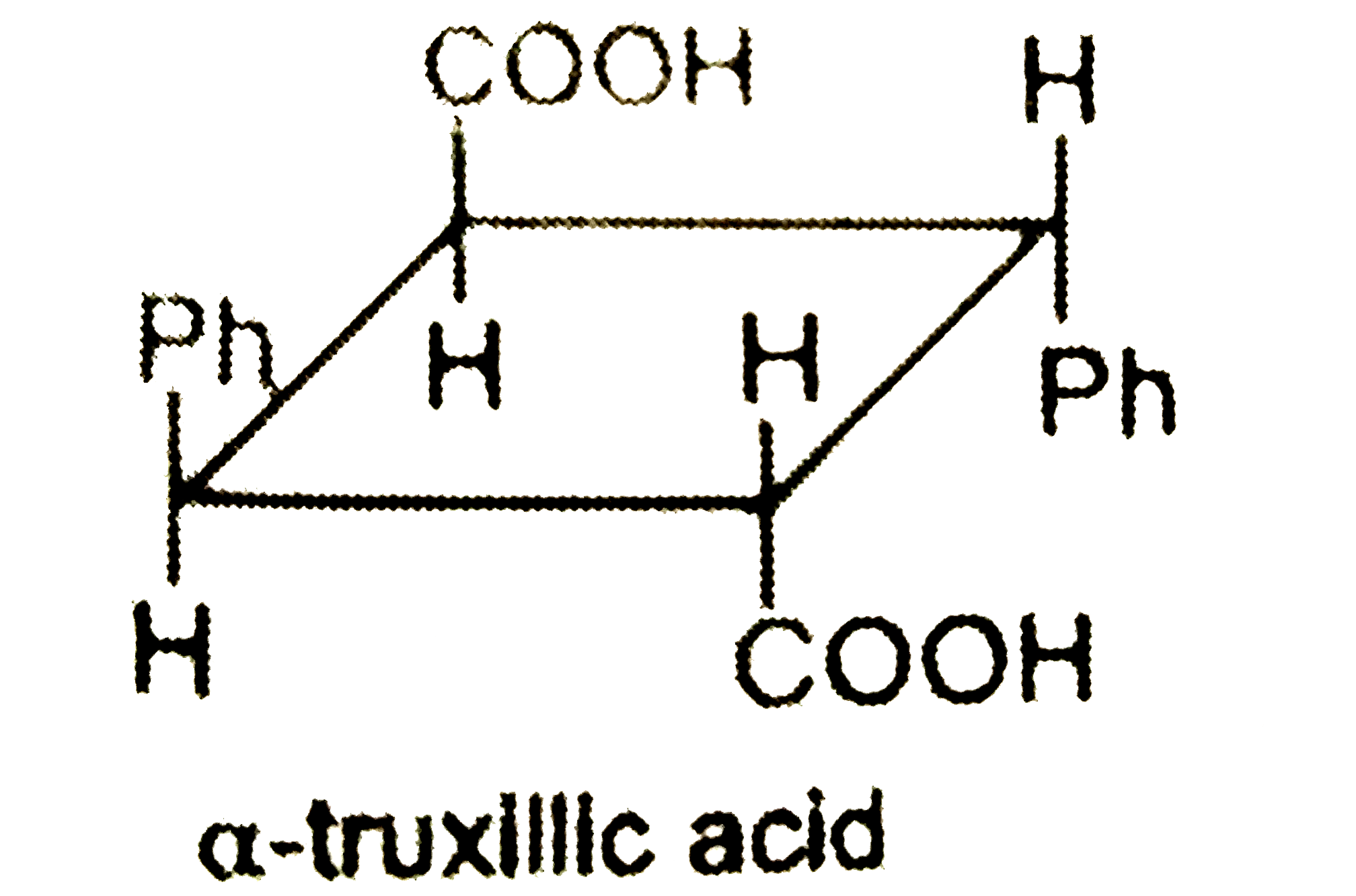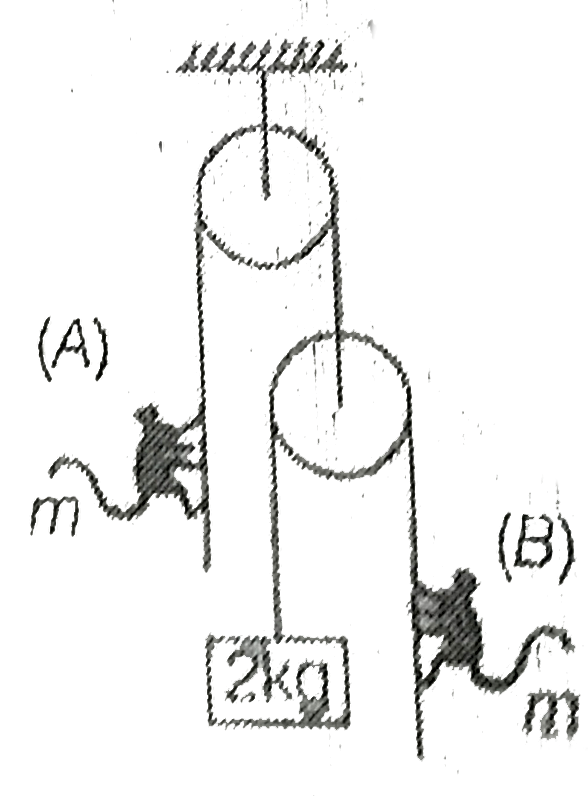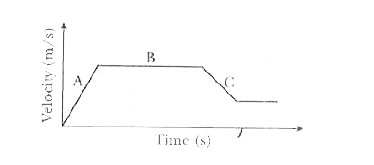The temperature change versus heat supplied curve is given for 1 kg of a solid block. Then which of the following statement(s) is/are correct:

Specific heat of the solid is 2J/(kg-K)
Specific heat of the liquid is 1J/(kg-K)
Latent heat of vaporization is 150 J/kg
Latent heat of vaporization is 200 J/kg
The correct Answer is:B, D
Step by step video & image solution for The temperature change versus heat supplied curve is given for 1 kg of a solid block. Then which of the following statement(s) is/are correct: by Physics experts to help you in doubts & scoring excellent marks in Class 12 exams.
Updated on:21/07/2023Topper's Solved these Questions
- HEAT-2 Book:MOTIONChapter:HEAT-2 Exercise:EXERCISE-3 (LEVEL-I)
Explore 22 Videos
- HEAT-2 Book:MOTIONChapter:HEAT-2 Exercise:EXERCISE-3 (LEVEL-II)
Explore 15 Videos
- HEAT-2 Book:MOTIONChapter:HEAT-2 Exercise:EXERCISE-2 (LEVEL-I)
Explore 24 Videos
- HEAT TRANSFER & THERMAL EXPANSION Book:MOTIONChapter:HEAT TRANSFER & THERMAL EXPANSION Exercise:Exercise - 3 Section-B
Explore 19 Videos
- HYDROSTATIC, FLUID MECHANICS & VISCOSITYBook:MOTIONChapter:HYDROSTATIC, FLUID MECHANICS & VISCOSITYExercise:EXERCISE -3 (SECTION-B) PREVIOUS YEAR PROBLEM
Explore 7 Videos
Similar Questions
Knowledge Check
The temperature change versus heat supplied curve is given for 1 kg of a solid block. Then, which of the following statement is/are correct ?
 ASpecific heat capacity of the solid is 2Jkg−1K−1BSpecific heat capacity of liquid phase is √3Jkg−1K−1CLatent heat of vaporisation is 100Jkg−1DLatent heat of vaporisation is 200Jkg−1
ASpecific heat capacity of the solid is 2Jkg−1K−1BSpecific heat capacity of liquid phase is √3Jkg−1K−1CLatent heat of vaporisation is 100Jkg−1DLatent heat of vaporisation is 200Jkg−1Which of the following statement(s) is/are correct for given compound :
 AIt is a optically active compoundBIt can show geometrical isomerismCIt posses centre of symmetry but not plane of symmetryDIt is a meso compound
AIt is a optically active compoundBIt can show geometrical isomerismCIt posses centre of symmetry but not plane of symmetryDIt is a meso compoundWhich of the following statements are correct about solid catalyst?
ASame reactants may give different products by using different catalystsBCatalyst does not change ΔH of reactionCCatalyst is required in large quantities to catalyse reactionsDCatalytic activity of a solid catalyst does not depend upon the strength of chemisorption
Which of the following statements are correct about solid catalyst?
View SolutionWhich of the following statement regarding defects in solids is/are correct?
View SolutionTwo mankeys (a) and (b ) of same mass m=1 kg are hanging on the dtring such that block of amss 2 kg ramains at rest and it is given that monkeys( B) is just holding the string then which of the following statement (S) is /are correct (g=10m/s2)

View SolutionWhich of the following statements are correct about the diamagnetic solids ?
View SolutionThe given figure shows the velocity versus time curve for a car traveling along a straight line. Which of the following statements is false ?

View Solution
